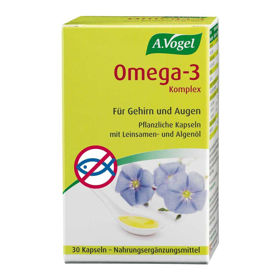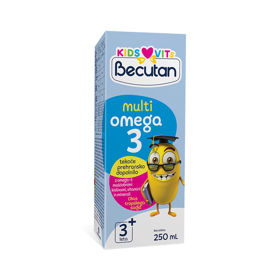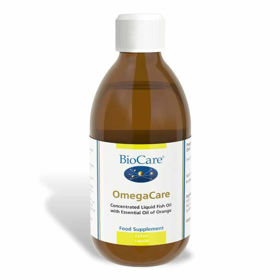Omega-3 fatty acids are an essential component of cell membranes; among other things, they are indispensable for the functioning of cell receptors. They are the basis for the construction of hormones, help, among other things, in the blood clotting cascade, contraction, and relaxation of arterial walls, and play an essential role in regulating inflammatory processes within each cell and the organism in general.
Omega-3 FATTY ACIDS: What are Omega-3s? | Benefits of Omega-3 | Recommended daily intake | Foods with high content | Omega-3 deficiency | Questions and Answers | Sources/references
What are Omega-3 fatty acids?
Omega-3 fatty acids are polyunsaturated fats that perform essential functions in the human body. However, our bodies cannot produce enough Omega-3 fatty acids that we need to survive. Omega-3 fatty acids are essential nutrients, meaning the human body must obtain them from the food you eat or with the help of nutritional supplements.
The two main types of fatty acids are saturated and unsaturated types of fatty acids. Unsaturated fats are further broken down into polyunsaturated fats and monounsaturated fats. These are the terms you usually see on nutrition labels.
Fatty acids are chain-like chemical molecules composed of carbon, oxygen, and hydrogen atoms. Carbon atoms form the chain's backbone, while oxygen and hydrogen atoms are arranged in available places on the molecule. Saturated fat has no more available sites where the mentioned molecules could be arranged, monounsaturated fat has one open spot, and polyunsaturated fat has more than one available site.
Video content: Omega-3 fatty acids - mechanism of action

Saturated fats are sometimes known as "bad" or "unhealthy" fats because when consumed in excess, they increase the risk of certain diseases, such as cardiovascular disease and stroke. Conversely, unsaturated fats (polyunsaturated and monounsaturated) are considered "good" or "healthy" fats because they support your heart health when they are also consumed in moderation.
Omega-3, a form of polyunsaturated fat, is a healthier alternative to saturated fat in your diet.
There are three main types of omega-3 fatty acids:
- EPA (eicosapentaenoic acid)
- DHK (docosahexaenoic acid)
- ALK (alpha-linolenic acid)
When you obtain the fatty acid ALK from your diet, your body can convert some ALK to EPA and DHA as needed. However, this conversion process provides only a small amount of EPA and DHA. So, EPA and DHA (such as fish) are essential dietary sources.
Known benefits of Omega-3 fatty acids on our body
DHK or docosahexaenoic acid contributes to the normal development of the vision of babies up to 12 months of age. In the mother, it contributed to the normal development of the fetus and breastfed children's brains and the normal development of the fetus and breastfed children's eyes. DHK contributes to the maintenance of normal brain function and normal vision. In combination, EPA and DHK contribute to the heart's normal functioning.
Video content: health benefits of consuming omega oil.

Given the broad importance and benefits of Omega-3 fatty acids, they eat fish or other seafood once or twice a week, especially fatty fish (dark meat), which are richer in EPA and DHA fatty acids. This is especially important for pregnant women who may want to become expectant and nursing mothers. From the third trimester of pregnancy to the second year of life, a developing child needs a constant supply of DHA for quality formation and development of the brain and other parts of the nervous system.
Recommended daily intake of Omega-3 fatty acids
Experts have not established recommended amounts for Omega-3 fatty acids, except for ALA.
Video content: How much omega-3 fat do we need daily?

Average daily recommended amounts of ALK are listed below in grams (g). The amount you need depends on your age and gender.
| Age | Recommended daily ALK intake |
| From birth to 12 months | 0.5 g |
| Children 1-3 years | 0.7g |
| Children 4-8 years | 0.9g |
| Boys 9-13 | 1.2g |
| Girls 9-13 | 1.0 g |
| Teen boys 14-18 | 1.6g |
| Teenage girls 14-18 | 1.1 g |
| Male | 1.6g |
| Women | 1.1 g |
| Pregnant women | 1.4g |
| Adolescents and lactating women | 1.3g |
Foods with a high content of Omega-3 fatty acids
Many foods contain Omega-3 fatty acids. For example, a diet high in certain fish, seeds, and nuts can help you get more omega-3 fatty acids, which have many different benefits for your body and brain and your baby's development.
Mackerel
Mackerel are small, fatty fish. However, mackerel is incredibly rich in nutrients - a 100-gram portion contains as much as 500% of the reference daily intake (RDI) of vitamin B12 and 130% of selenium. In addition to the above, these fish are tasty and require little preparation.

Omega-3 content: 4580 mg EPA and DHA (total) in 100 grams.
Salmon
Salmon is one of the most nutrient-dense foods on the planet. It contains high-quality protein and a variety of supernutrients, including large amounts of vitamin D, selenium, and B vitamins. Studies (https://pubmed.ncbi.nlm.nih.gov/12888186/) show that people who regularly eat oily fish have, such as salmon, a lower risk of heart disease, dementia, and depression.
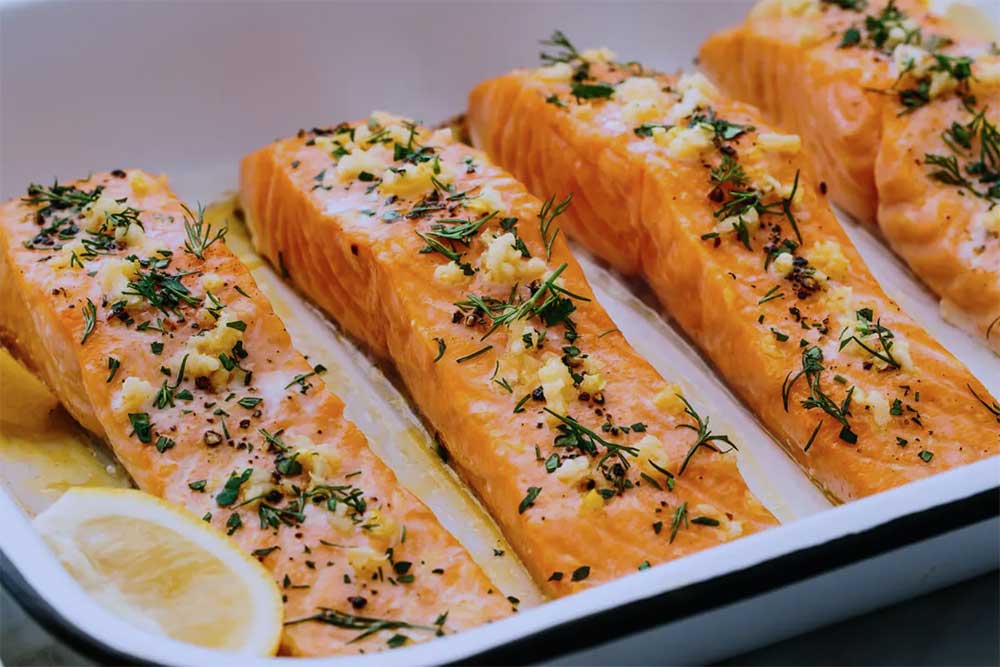
Omega-3 content: 2150 mg EPA and DHA (total) in 100 grams.
Cod fish oil
Fish oil is more of a dietary supplement than a food. As the name suggests, it is an oil obtained from the liver of a fish called cod. This oil contains Omega-3 fatty acids and is enriched with vitamins D and A, with one tablespoon providing 170% and 453% of the daily value, respectively. Therefore, taking just one tablespoon of cod liver oil more than meets your needs for three essential nutrients. However, don't take more than one tablespoon at a time, as overdosing consume too much vitamin A, which can be harmful, especially for pregnant women.

Omega-3 content: 2438 mg EPA and DHA (total) per tablespoon.
Herring
Herring is a medium-sized fatty fish. It is often cold-smoked, pickled, or pre-cooked, then sold as a canned snack. Smoked herring is a popular breakfast food in countries such as England, where it is called kippers and is served with eggs. A 100-gram portion of herring contains almost 100% of the daily value of selenium and 779% of the daily value of vitamin B12.

Omega-3 content: 2150 mg EPA and DHA (total) in 100 grams.
Oysters
Mussels are among the most nutritious foods you can eat. Oysters contain more zinc than any other food on the planet. Just six raw eastern oysters (85 grams) have 289% of the daily zinc intake, 69% of the daily need for copper, and 567% of the daily requirement for vitamin B12. You can eat oysters as an appetizer, a snack, or a whole meal. Raw oysters are considered a delicacy in many countries.
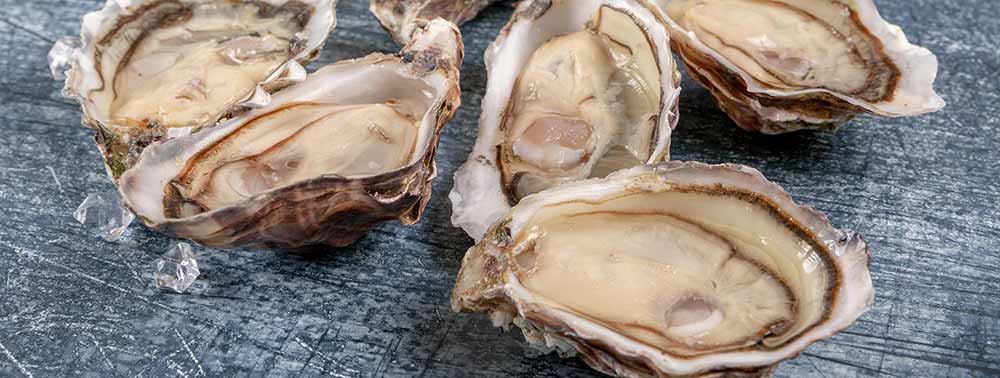
Omega-3 content: 329 mg EPA and DHA (total) in 6 raw eastern oysters or 391 mg per 100 grams.
Sardines
Sardines are tiny oily fish usually eaten as an appetizer, snack, or treat. They are very nutritious, especially if swallowed whole. They contain almost all the nutrients your body needs. For example, a 100-gram portion of drained sardines provides more than 370% of the daily vitamin B12, 24% vitamin D, and 96% of selenium.
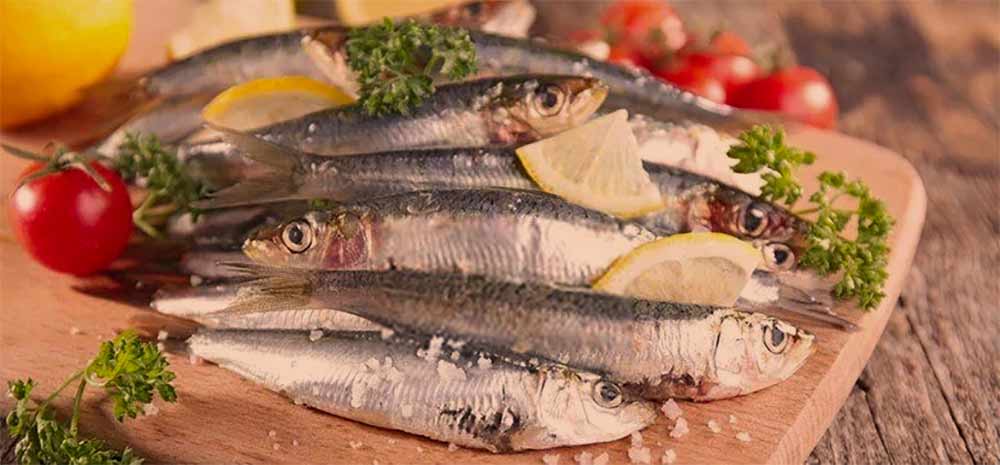
Omega-3 content: 1463 mg EPA and DHA (total) per 150 grams of canned Atlantic sardines or 982 mg per 100 grams.
Flaxseed
These small brown or yellow seeds are often ground, crushed, or pressed to obtain linseed oil. They are the richest source of whole food enriched with the Omega-3 fatty acid alpha-linolenic acid (ALK). Therefore, flaxseed oil is often used as an Omega-3 supplement. Flaxseed is also a good source of fiber, magnesium, and other nutrients. In addition, the seeds have an excellent ratio of omega 6 to Omega-3 compared to most other plant seeds.
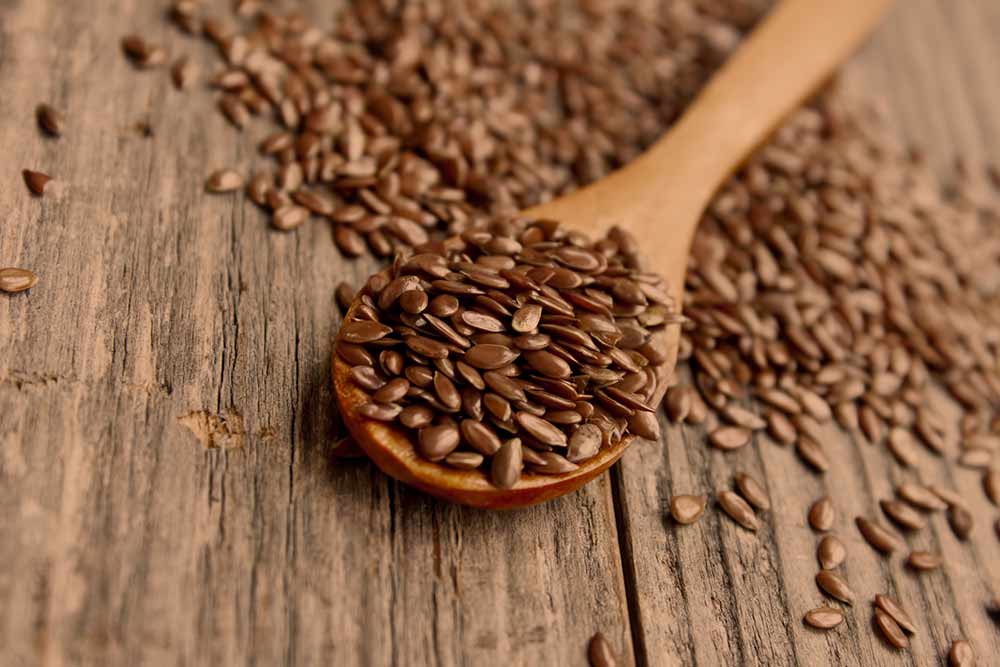
Omega-3 content: 2350 mg of ALA per tablespoon (10.3 grams) of whole seeds or 7260 mg per tablespoon (13.6 grams) of oil.< /em>
Chia seeds
Chia seeds are incredibly nutritious – rich in manganese, selenium, magnesium, and other nutrients. A standard 28-gram serving of chia seeds contains 5 grams of protein, including all eight essential amino acids.

Omega-3 content: 5050 mg of ALK per 28 grams.
Walnuts
Walnuts are very nutritious and full of fiber. They also contain large amounts of copper, manganese, and vitamin E, as well as other essential plant compounds.

Omega-3 content: 2570 mg of ALK per 28 grams.
Omega-3 fatty acid deficiency
Lack of Omega-3 means that your body does not get enough Omega-3 fats. Due to said deficit, you can have risk-averse health effects. Unfortunately, there is currently no standard test to diagnose Omega-3 fatty acid deficiency, although there are several ways to analyze levels of these essential fatty acids.
Video content: symptoms of omega fat deficiency

To gain a clearer understanding of this topic, scientists need to do more research on the signs and symptoms of Omega-3 deficiency, and researchers may need to develop better identification tests.
Five possible signs and symptoms of Omega-3 deficiency:
Skin irritation and dryness: if your body is deficient in Omega-3 fatty acids, this deficiency may first be noticed in the skin. For example, sensitive, dry skin or even an unusual increase in acne can signify omega-3 deficiency in some people.
Depression: many people with depression have low Omega-3 status, and studies show (https://pubmed.ncbi.nlm.nih.gov/31383846/) that taking Omega-3 supplements can help improve mental health symptoms in some people.
Dry eyes: Omega-3 fats play an essential role in eye health and can help reduce dry eye symptoms. If you have noticed unusual dryness and eye irritation, you may need to increase your intake of Omega-3 fats.
Joint Pain and Stiffness: Taking Omega-3 supplements has shown promise in reducing joint pain and stiffness, although scientists need to do a lot more human research, too, would confirm that.
Video content: 15 signs of Omega-3 fat deficiency

Hair and Scalp Problems: Omega-3 fats can help maintain hair density, texture, and strength. According to research (https://pubmed.ncbi.nlm.nih.gov/25573272/), omega-3 supplements can help prevent hair loss, thinning, and dryness.
Questions and answers
Does it make sense to take omega-3 fats every day?
The WHO recommends a daily intake of 1.1-1.6 grams (1100-1600 mg) of omega-3 fatty acids for most adults. However, these values must be increased further if you are breastfeeding or pregnant. Also, talk about improving your daily intake if you want to act preventively to protect against cardiovascular diseases.
Who should not take fish oil?
This recommendation should be followed mainly by people who take blood pressure medication - before taking these types of supplements, it is necessary to consult a doctor.
Blood Coagulation: Omega-3 can also affect blood clotting, so people with blood clotting disorders and those undergoing blood clotting therapy should consult a doctor or specialist.
How much omega-3 fat is in an egg?
Eggs are an excellent and nutritious source of mother nature's omega-3 fatty acids, providing an average of 180 mg per serving (2 eggs). Of this amount, 114 mg is long-chain omega-3 fatty acid – representing 71-127% of the recommended intake for adults[1].
Are avocados high in omega-3?
Avocado has a very high-fat content and a lot of Omega-3 fatty acids in the form of alpha-linolenic acid. This is a familiar unsaturated fat and accounts for about three-quarters of the calories in an avocado[2].
What should you not combine omega-3 with?
Taking fish oil in combination with blood pressure medications can increase the effects of these medications and may even lower blood pressure excessively. Therefore, it would be best if you also were careful when taking fish oil with other medicines that may increase the risk of bleeding, such as aspirin, ibuprofen, or naproxen[3].
Sources and references
1. Eggs & Omega-3 - https://www.australianeggs.org.au
2. Fish oil - https://www.mayoclinic.org
3. Warning: Do Not Mix These Supplements - https://www.health.com







